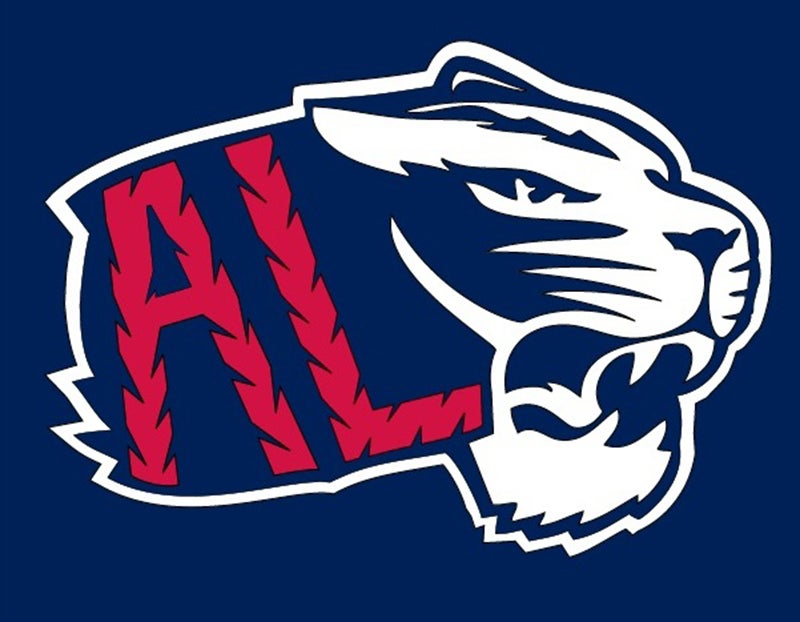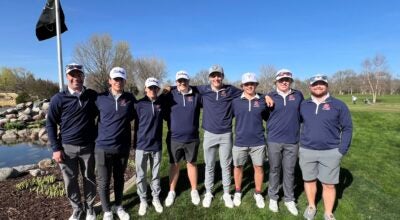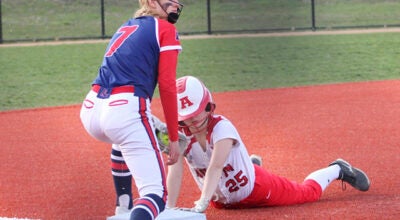Is Walk-In Access program a hunting opportunity lost?
Published 6:58 pm Saturday, February 18, 2012
Column: Woods & Water, by Dick Herfindahl
I have chosen to forgo this week’s column and let a guest columnist take my place. I am doing this because Kevin Auslund, who I met a couple of years ago at a meeting with area sportsmen, asked me if I could run this article for him. It has already appeared in the Outdoor News magazine, and I feel that the point that he is trying to make is worthwhile and can be beneficial to sportsmen across Minnesota.
State’s Walk-In Access program ends next year
Minnesota hunters are for the most part, homeless people. Those of us who cherish pheasant, duck, turkey and deer hunting in agricultural areas are seeing fewer opportunities for access each year. Our land-owning relatives are getting older or dying, these lands are going on auction blocks, CRP is being pulled out for row cropping and what habitat is left (private and public) is being hit hard by hunters looking for a place to call home.
However, some hope was seen last fall with the opening of Minnesota’s first Walk-In Access program with about 9,000 acres and 90 new properties available for public hunting.
The goal of the Department of Natural Resources had been to enroll 10,000 acres of walk-in access during the summer of 2011 but with a month-long legislative shutdown of the agency, just reaching 9,000 acres was quite an accomplishment. Even more encouraging was that 75 percent of the enrolled landowners opted for multi-year sign ups, so the DNR already has 6,000 acres pre-enrolled for 2012.
Funding for 2012 has already been received by the DNR from the 2008 federal Farm Bill and will provide 25,000 acres with about 250 more public hunting areas averaging 100 acres each in southwest Minnesota.
Now for the bad news, Minnesota’s Walk-In Access program comes to a screeching halt in year 2013 since the third year of federal funding has been eliminated in Washington by the U.S. House and Senate. Consequently, unless Minnesota comes up with its own funding of roughly $1 million the 2013 DNR goal of 50,000 acres will not be met. At a time when participation in the outdoors is being challenged by the entranced youth huddled over their smart phones and assorted computer games, it is up to us adults to work with legislators to see if this access program for the public’s benefit will continue.
Some of Minnesota’s sportsmen would rather fall on their swords than have any state lease program with landowners. Their rationale is, “It’s better for the state to buy and own every acre rather than put money in a yearly lease.” However, prices often exceed $5,000 per acre for agricultural land, compared to $20 per acre (including signage and administration costs) for a yearly walk-in access lease. You have to scratch your head and rethink this all-or-nothing fee-title approach. Quite frankly, $1 million doesn’t go that far nowadays when talking about land acquisition.
For the sake of comparison, let’s take an ultra-conservative view and say the poorest of the poor land that might be available for purchase is $3,000 per acre of rocky, sandy, hilly land that probably is better for pasture than farming. You are looking at about $500,000 for a 160-acre parcel when you include miscellaneous expenses, such as appraisal, legal and site preparation fees.
Compare this purchase price of just one parcel of 160 acres to the same cost of leasing 250 parcels covering 25,000 acres of walk-in access and you have to wonder if there isn’t room for a modest walk-in program to complement ongoing fee-title purchases. While walk-in access is an annual lease program, it does provide a large amount of land to be signed up in a very short amount of time to service a very large number of hunters. A walk-in property can be signed up in a matter or weeks, while the outright purchase of land often takes years.
In 2011, Minnesota saw 95,000 acres of CRP habitat lost because it was not reenrolled during the spring’s CRP signup. These acres will undoubtedly go under the plow in 2012. That’s 95,000 acres fewer for hunting and wildlife production. In 2012 there are about 300,000 acres of CRP ready to expire.
We need to continue a walk-in program and keep what lands we can in habitat with those landowners that are willing to do so. But we need to offset higher taxes with something — namely, public walk-in compensation. Whether it is a robust $1-million-per year, ongoing program providing 50,000 acres and 500 walk-in areas, or a more modest $500,000-a-year program providing 25,000 acres and 250 hunting areas, we need to continue the program.
While the continued acquisition of land open to public hunting for wildlife management areas and waterfowl production areas should continue since it offers permanence on the landscape, we can’t ignore the sheer number of acres made available for public hunting in farmland areas via a state-leased program. There is no reason why we can’t have both programs.
With the Legislature’s help, it may boil down to creating a new stamp for the price of a $10 or $12 box of shells in order to keep 25,000 acres and 250 new public hunting areas in the growing black desert of our farmland areas. This stamp would be optional; only those who want access to these walk-in areas would pay for the stamp in order to hunt these lands.
There are positive opportunities for Minnesota’s hunters in having a walk-in program. Think it over, is it worth a box of shells?
Kevin Auslund hosts the show Conservation Sportsman News seen on Metro Cable Television Channel 6. Write to him at kevin@conservationsportsman.org.




